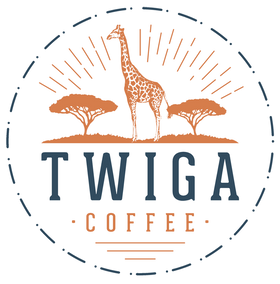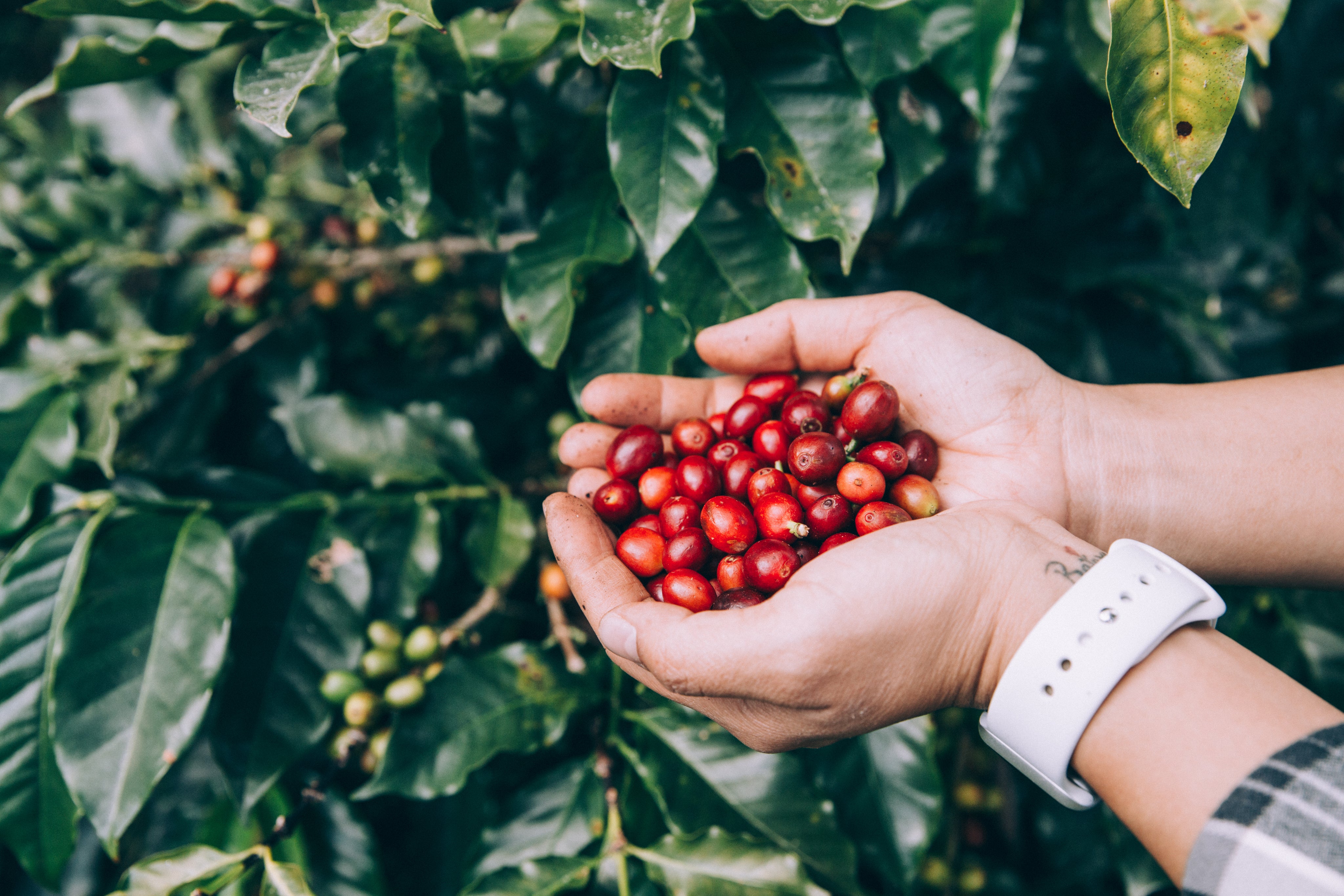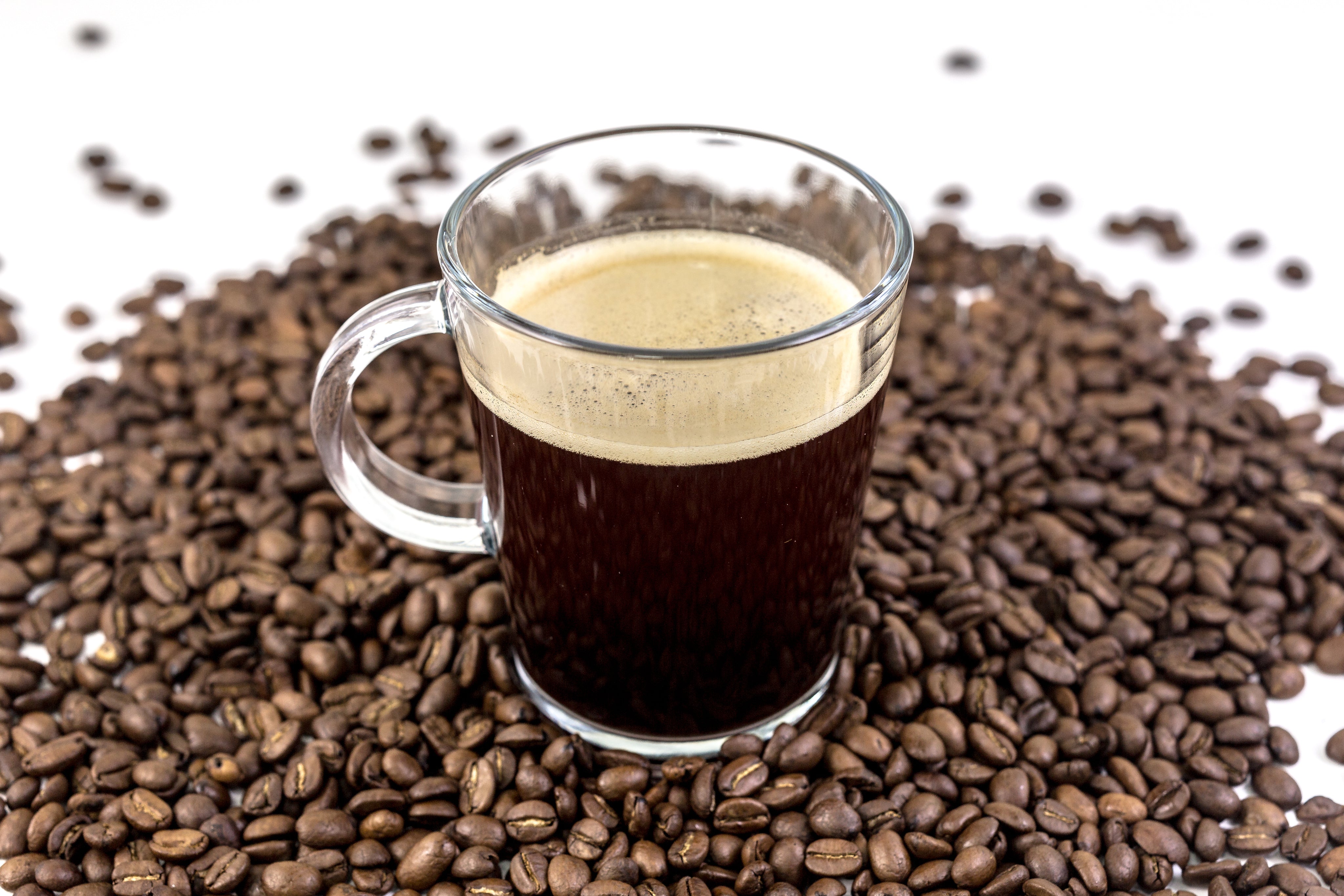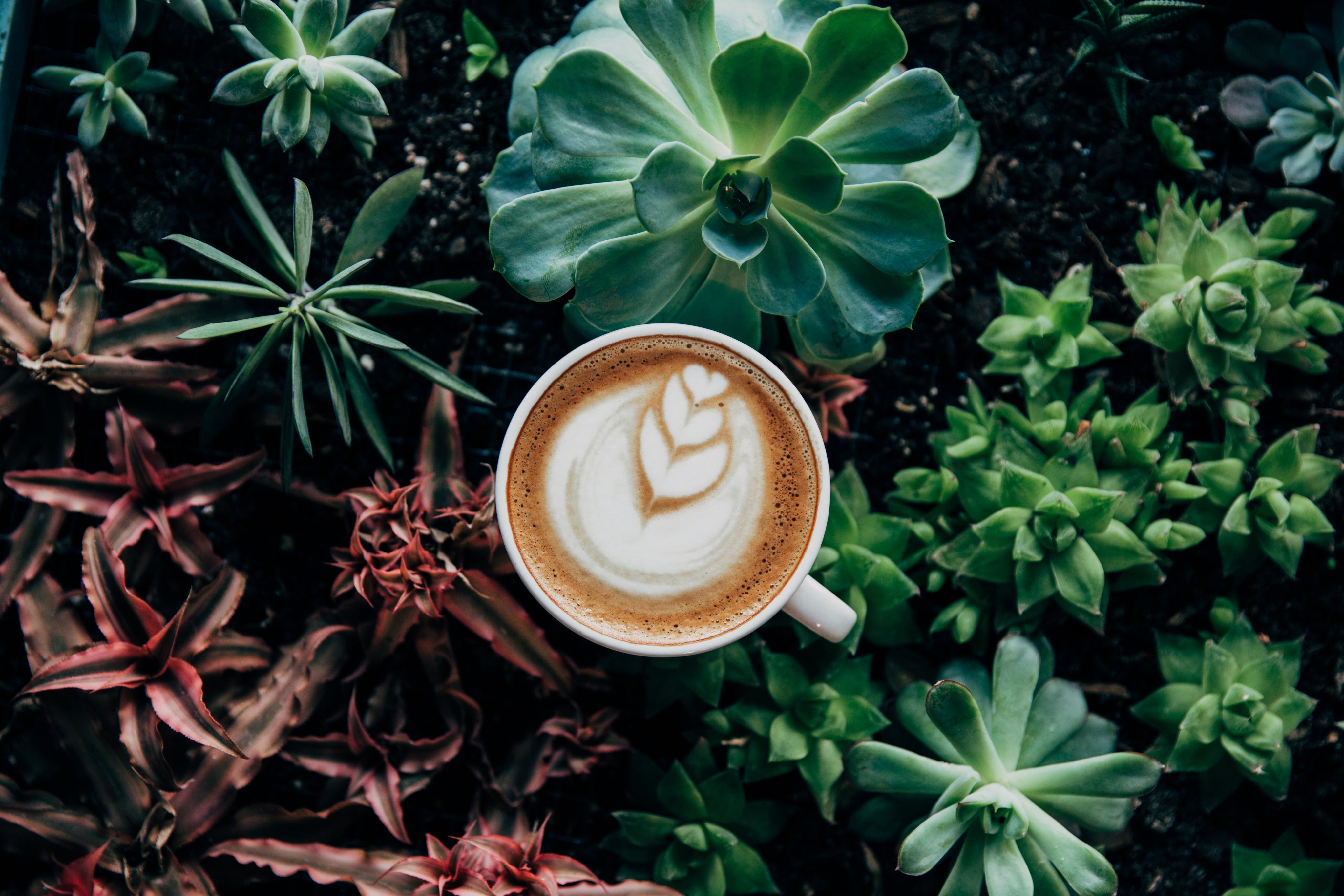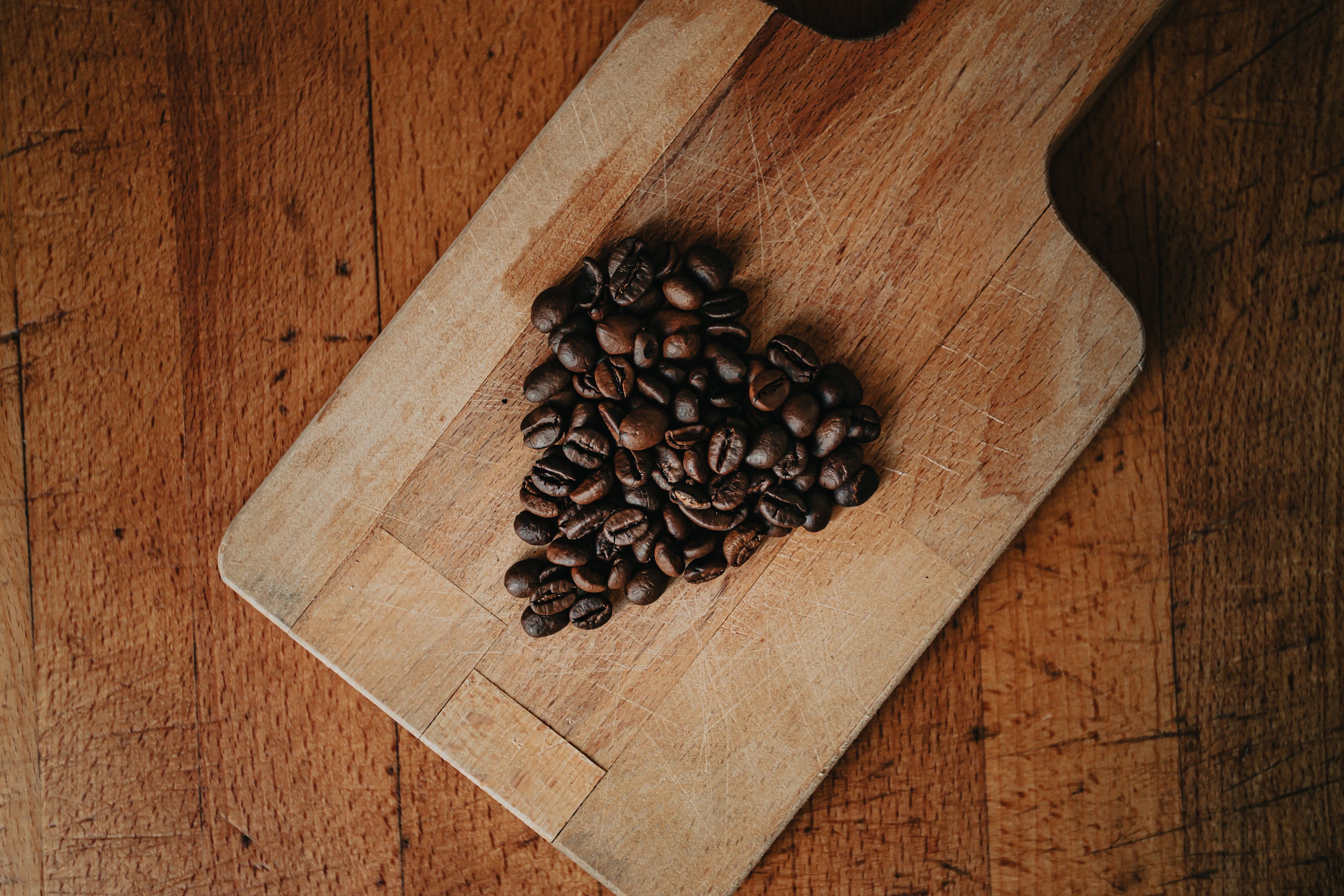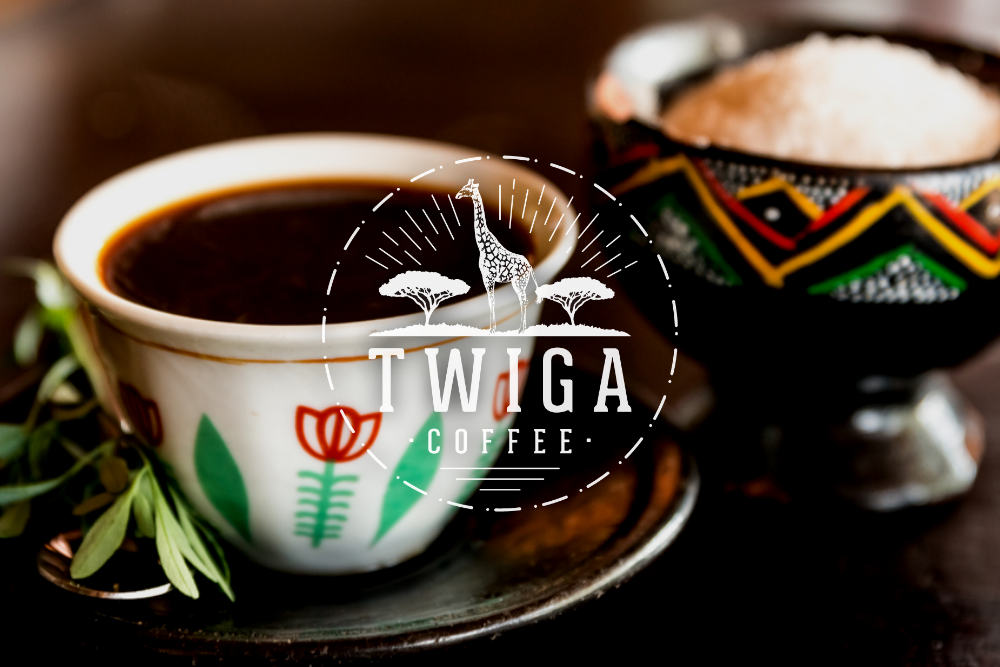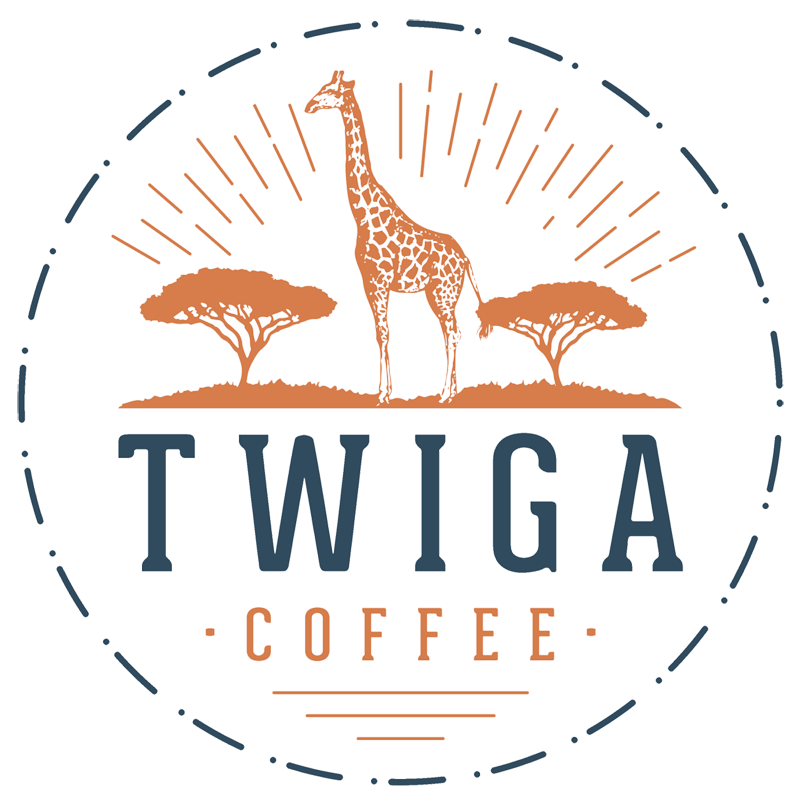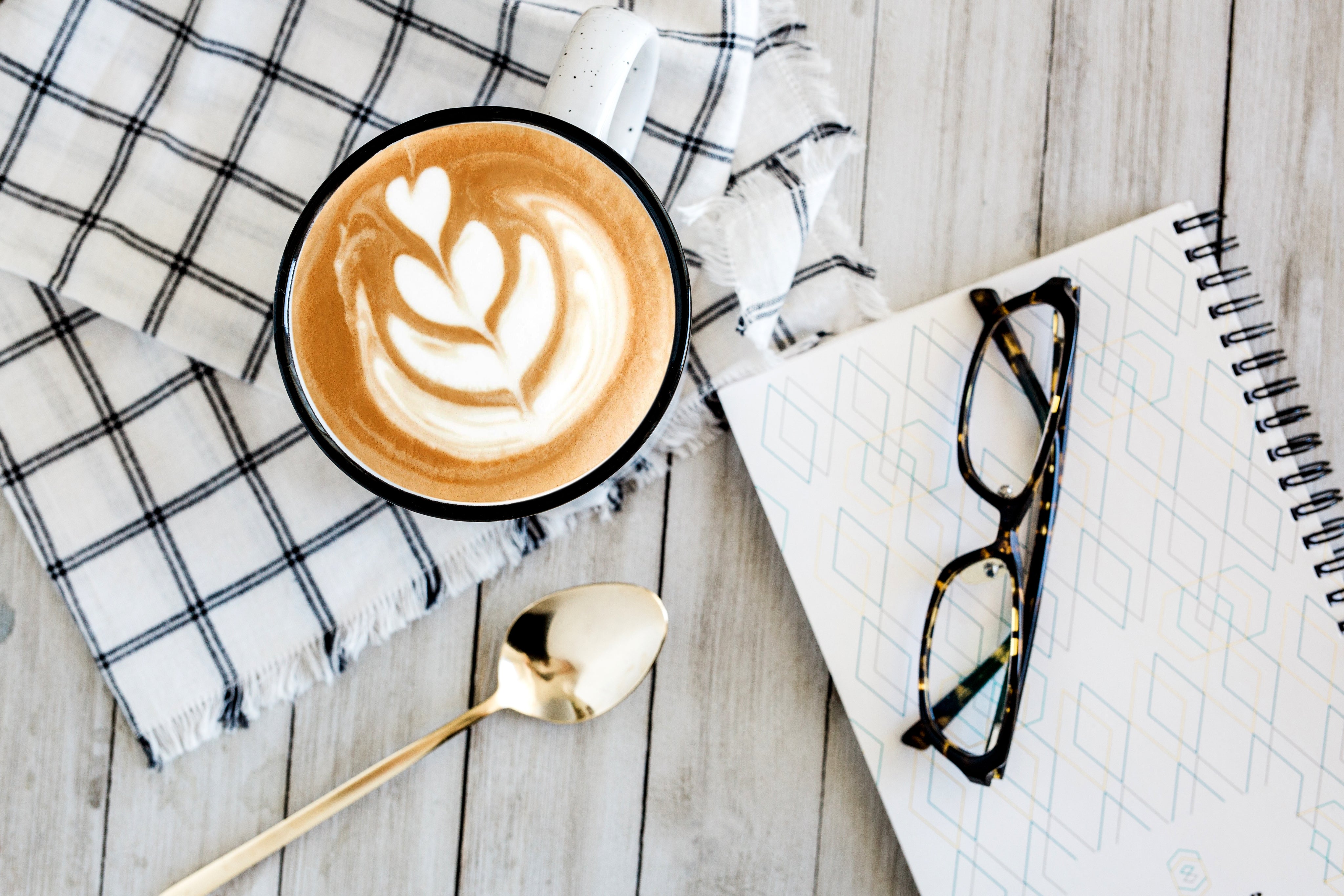There are numerous ways to brew a good cup of coffee. The best technique for you is the technique that delivers the strength and consistency you enjoy most. You can brew in a drip coffee maker. You can brew a single cup with a strainer and some hot water, (probably the fastest way). Or you can use any number of other methods. However, the first and most important part of making a great cup of coffee is to choose quality beans.
Sourcing Your Beans
In this instance, we’re discussing Ethiopian coffee. Why, because the third-class brands don’t sell it. You’re not going to find Ethiopian coffee beans in Sanka or Folgers, so don’t try. So, you’re going to have to buy from a quality brand if you want it.
There is one other reason to choose Ethiopian beans. They grow in climate conditions that are ideal for the type of coffee tree that growers in that area use. The same could be said about Columbian and Arabica beans, but let’s keep it simple for now. That said, here’s a brief guide on how to make the best Ethiopian coffee.
To get quality beans of this kind, you’re going to have to look for an artisanal coffee bean distributor that carries Ethiopian coffee. Searching online will probably be your best bet unless you live near a store that carries a good brand.
Once you find a seller that carries what you’re looking for, make sure you get whole beans, not ground coffee beans. The simple reason for this is these are exported halfway around the world, and keeping them whole increases their shelf life, helping ensure you get the freshest product possible.
Twiga Coffee is a great example of what we’re talking about. If you check the products on their website, you’ll find that they only sell whole bean coffee. That alone tells you they aren’t pandering to those who are only in it for the caffeine and don’t care about flavor quality.
Finally, unless you drink a lot of coffee every day, it’s best to keep your beams in the freezer to help keep them fresh. If your beans are going to be around for more than a month, we recommend this. Don’t worry, grinding and brewing will knock the frost off.
Brewing Methods
Once you get your beans, you need to choose a brewing method. Don’t worry, the hard part is already out of the way if you’ve got quality beans. The next step is choosing a brewing method.
As a general rule, it’s probably best to start using three tablespoons of beans for every six cups of coffee you intend to make. Double that if you intend to brew an entire pot. You can cut that in half if you’re only producing enough for the average large mug, and in half again for a single serving cup. Then grind your beans.
As you gain experience, you’ll find that you can adjust the amount of grinding you do and the amount of grounds you use to better suit your tastes.
The Ethiopian Pour Over
Place your grounds in a paper filter secured in a funnel over your cup. Heat filtered water to just below the boiling point. Pour the heated water over your grounds gently beginning from a high position and slowly lowering the kettle. Once your water is poured out, let the grounds soak for about two minutes then begin drinking with a large spoon.
Pour Over Method
- Before putting coffee in the dipper, pre-wet the filter or vessel with hot water.
- Heat your water upto 200-205°F for brewing purposes
- Remove the extra water from the vessel or filter
- Before continuing the pouring method for 1:30-2:15 minutes, allow the coffee to bloom for 30 seconds.
- Finally, wait for the complete water drip for 2:30-3:00 minutes and serve it with a fudgy brownie or dark chocolate cake.
French Press
Place your grounds into your French press. Heat your water to just below boiling and let the hot water and grounds sit for two to three minutes before pressing on the plunger. Then begin pressing at a slow and steady pace until the grounds are packed down at the bottom of the press.
French Press Method
- Take 30g of coarse Ethiopian coffee for the French press brewing method
- Heat your water upto 200-205°F
- Pour 60g of water into your coffee and give it 30 seconds to bloom
- You can also agitate your grouds to ensure the dampness of your coffee beans
- Again pour the water until it becomes 360-450g of water
Cold Brew
Prepare your cold brew the evening before. Fill a large glass with one part coffee and four parts water. Let it sit for 12 to 24 hours, add ice, and enjoy.
Cold brew method
- The method differs slightly from the pour-over and French press methods.
- Fill your pitcher with 1 part coffee grounds and 4 parts of water.
- Cover the top of the pitcher and give it a resting time of about 8-12 hours for extraction at room temperature.
- More than this time, your coffee may be over-extracted
- To get the concentrated coffee, try to avoid going over 24 hours
- After the settling of the coffee, filter the grinds and extract the coffee
- Serve the coffee in a tall glass of ice and to enhance the taste, add some water to it.
Espresso
A good espresso machine will be costly, but if you adore the flavor or are running a coffee shop, it’s well worth it. Make sure your Ethiopian coffee grounds are very fine. The quality of your espressos will depend on the quality of the machine you use. So hold out for quality, and enjoy.
Buy High-Quality Ethiopian Coffee Beans Here
You can shop around all you like, but if you want properly sourced, premium, single-origin coffee beans, Twiga Coffee is your best bet. With Twiga Coffee, you can be sure you’re not getting a mélange of beans mixed together in a massive machine. You’re getting top-quality beans from locations where conditions are ideal for producing world-class coffee.

